Gurteen College is a working farm that has been used by the FTMTA for Grass & Muck since the event began. The college and farm provides an educational facility for full-time, part-time, and distance education agriculture and equine courses.
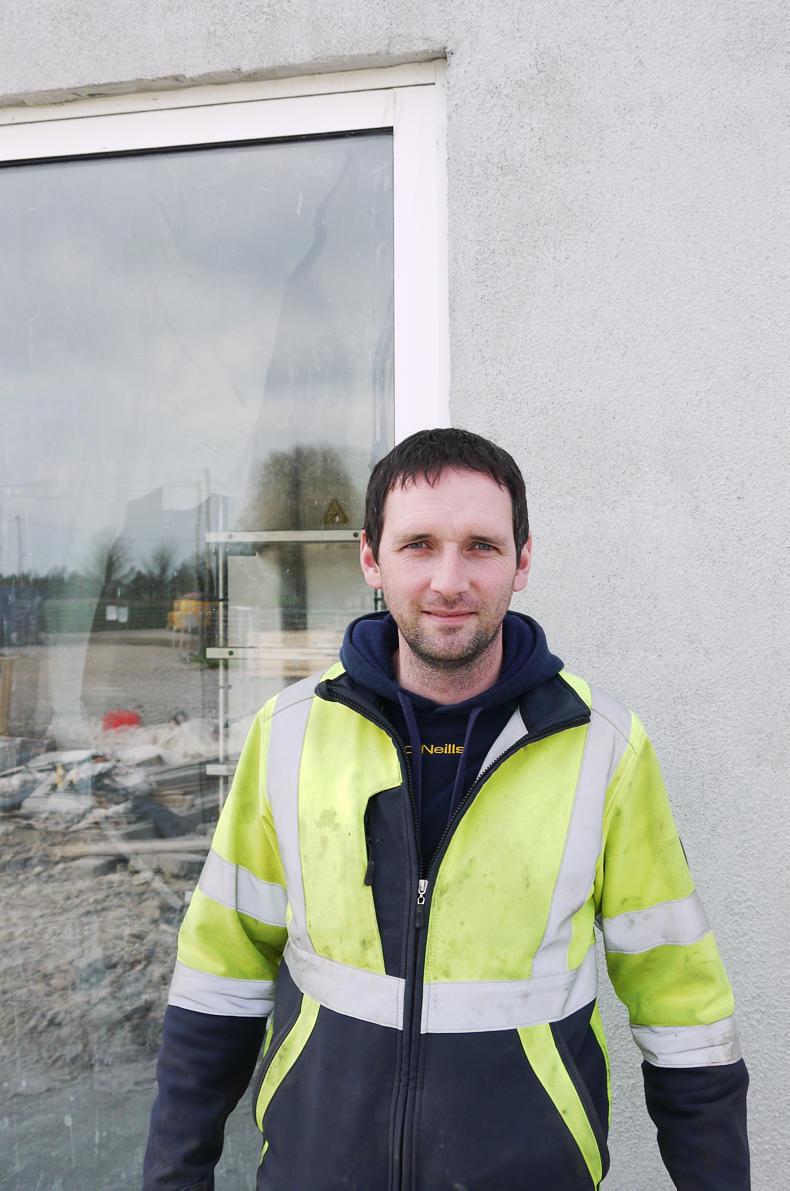
Gurteen College farm manager Ken Flynn.Having spent six years managing a dairy farm in Saudi Arabia, farm manager and Meath native Ken Flynn has plenty of experience. He says: “The dairy herd has grown from 120 cows in 2014 to 210 cows this year with plans to continue expanding to 240 cows. The college has a pedigree Holstein Friesian herd yielding an average of 6,700l/cow/year. This is the first year the cows have been all spring-calving, with a split-calving system in place in the past.
“Our aim is to maximise the use of grass. We are currently in the process of building a new 30-unit De Daval milking parlour and we plan to build another cubicle house later this year.
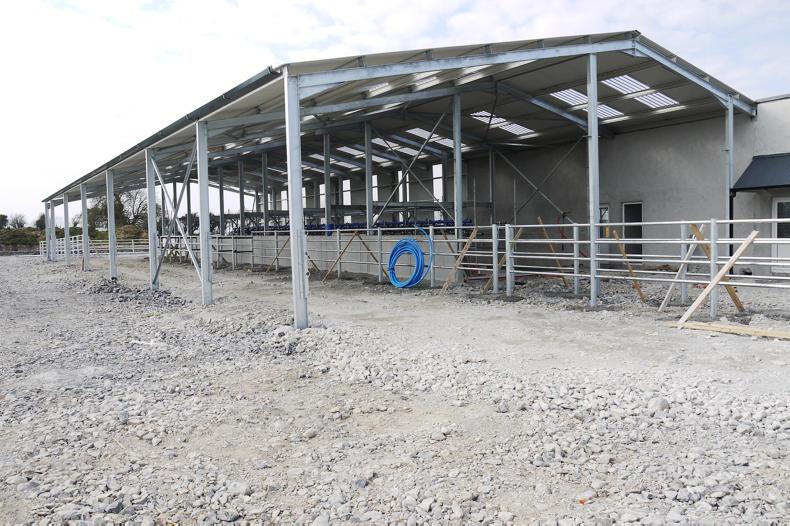
The 30-unit DeLaval herringbone milking parlour. The 30-unit DeLaval herringbone milking parlour.
“When planning the milking parlour, we considered a rotary milking machine. We could have justified one, but we decided to stick with the herringbone as it will be a better teaching environment. With a rotary parlour we would be very limited on the number of people who can milk at any given time. With a herringbone we can have a number of students milking at the one time and they will get more experience that way.
“Cows entering the parlour will have auto ID, along with auto feeding and auto drafting. A handling facility is being built alongside the parlour which will have a crush, an AI race and a hoof-trimming crate.
“Grass measuring is done weekly and a report on cow performance, the current grass situation and any management details are done fortnightly and published on the college’s Facebook account.” Walking around the milking parlour it’s obvious a lot of thought and investment is being made in future-proofing the farm for cow numbers to expand whilst maintaining the teaching aspect of the college.
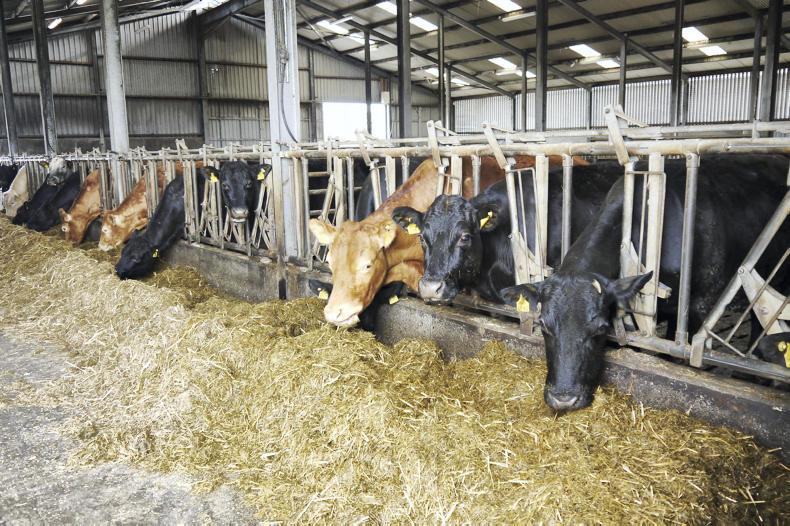
Some of the suckler herd indoors when we called.Some of the suckler herd indoors when we called.
Ken and I walked through where some of the suckler herd was housed.
“The herd is made up of 70 cows which are split autumn and spring calving. The advantage of this system is students can see calving at two times in the year. The cows primarily consist of three-quarter bred Limousin cows and we run a Charolais bull. The calves from the suckler herd are brought onto beef along with 50 steers from the dairy herd. The beef unit also contract rears the replacements for the dairy herd.” Ken also mentioned every enterprise on the farm is profit-monitored.
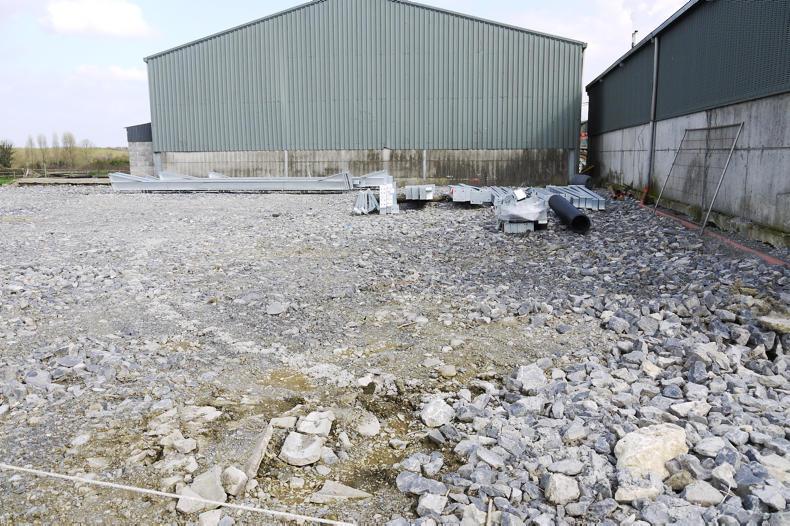
A new sheep shed will be erected this year for the 450-ewe flock.A new sheep shed will be erected this year for the 450-ewe flock.
With just a few sheep on the main farm, Ken told me about the ovine enterprise. “The sheep flock consisted of 550 breeding ewes but in order to allow for the increased dairy herd, ewe numbers were cut by 100. We now have 80 early-season ewes and 290 mid-season ewes. The flock consists mostly of Texel and Cheviot/Suffolk crosses. There is also a monthly report done for the beef and sheep departments and published on the college’s Facebook account. We are also building an extension to our sheep shed.”
“The tillage enterprise is made up of 100 acres, 10 acres of fodder of beet is grown and the rest is made up of spring and winter barley. In the past the college had over 200 acres of tillage but this was reduced to allow for the dairy expansion.” At the time of our visit and like a lot of other farmers in Ireland, Ken was yet to make a start on the spring work but was hopeful for better weather very soon.
The equine programme is run in partnership with Athlone IT. It offers a higher certificate of business in equine – which is a two-year Level 6 course – and a bachelor of business in equine, which is a one-year Level 7 course. This is typically done as a follow-on after the Level 6. Upon successful completion of the level 7 course, students have the option to pursue a level 8 Degree in Business in Athlone IT if they wish.
Ken says: “The college does the majority of its own machinery work. Hedge-cutting, pit silage and combining are the only jobs contracted out. We used to make our own silage but with an increased silage area in recent years we found it more efficient to contract it out. The students undertake a large amount of the machinery work. We try to have the students do as much of the slurry, tillage operations and general machinery work as possible to increase their experience. The students also work alongside the stock people in the day to day running of the farm”.
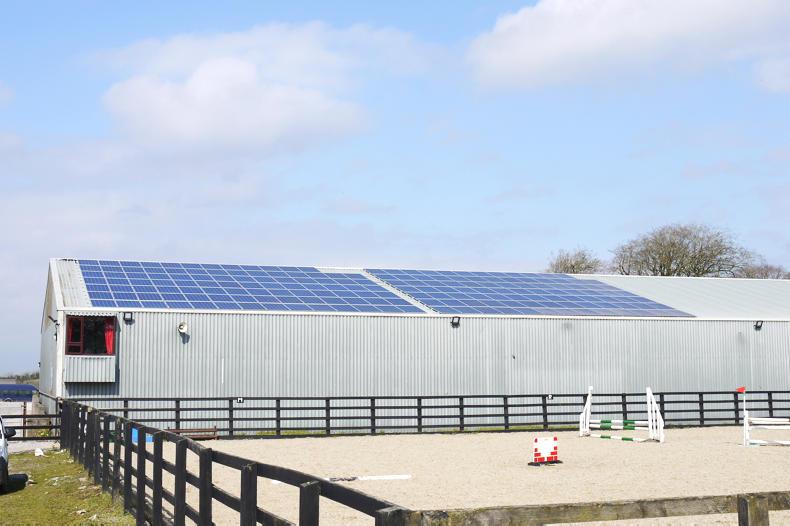
PV panels on the roof of the indoor arena in Gurteen College produce 50 kW of electricity.PV panels on the roof of the indoor arena in Gurteen College produce 50 kW of electricity.
SUSTAINABILITY
IN GURTEEN – BIOMASS
AND RENEWABLE ENERGY
One of the first things to catch my eye driving up towards Gurteen College were PV panels on one of the sheds. In the distance I also spotted willow growing in one of the fields and a stockpile of timber. “There is 80 acres of willow grown on the college. Approximately one third of it is harvested each year in rotation. Harvesting takes place in early spring and the harvested willow provides 80% of the heating for the college each year. The remainder is from chipped forestry thinning’s. We have installed 50kW of Solar PV Panels (on the roof of the indoor arena) which are making a significant contribution to the colleges electricity demand each year as does the wind turbine.
Gurteen College is a working farm that has been used by the FTMTA for Grass & Muck since the event began. The college and farm provides an educational facility for full-time, part-time, and distance education agriculture and equine courses.

Gurteen College farm manager Ken Flynn.Having spent six years managing a dairy farm in Saudi Arabia, farm manager and Meath native Ken Flynn has plenty of experience. He says: “The dairy herd has grown from 120 cows in 2014 to 210 cows this year with plans to continue expanding to 240 cows. The college has a pedigree Holstein Friesian herd yielding an average of 6,700l/cow/year. This is the first year the cows have been all spring-calving, with a split-calving system in place in the past.
“Our aim is to maximise the use of grass. We are currently in the process of building a new 30-unit De Daval milking parlour and we plan to build another cubicle house later this year.

The 30-unit DeLaval herringbone milking parlour. The 30-unit DeLaval herringbone milking parlour.
“When planning the milking parlour, we considered a rotary milking machine. We could have justified one, but we decided to stick with the herringbone as it will be a better teaching environment. With a rotary parlour we would be very limited on the number of people who can milk at any given time. With a herringbone we can have a number of students milking at the one time and they will get more experience that way.
“Cows entering the parlour will have auto ID, along with auto feeding and auto drafting. A handling facility is being built alongside the parlour which will have a crush, an AI race and a hoof-trimming crate.
“Grass measuring is done weekly and a report on cow performance, the current grass situation and any management details are done fortnightly and published on the college’s Facebook account.” Walking around the milking parlour it’s obvious a lot of thought and investment is being made in future-proofing the farm for cow numbers to expand whilst maintaining the teaching aspect of the college.

Some of the suckler herd indoors when we called.Some of the suckler herd indoors when we called.
Ken and I walked through where some of the suckler herd was housed.
“The herd is made up of 70 cows which are split autumn and spring calving. The advantage of this system is students can see calving at two times in the year. The cows primarily consist of three-quarter bred Limousin cows and we run a Charolais bull. The calves from the suckler herd are brought onto beef along with 50 steers from the dairy herd. The beef unit also contract rears the replacements for the dairy herd.” Ken also mentioned every enterprise on the farm is profit-monitored.

A new sheep shed will be erected this year for the 450-ewe flock.A new sheep shed will be erected this year for the 450-ewe flock.
With just a few sheep on the main farm, Ken told me about the ovine enterprise. “The sheep flock consisted of 550 breeding ewes but in order to allow for the increased dairy herd, ewe numbers were cut by 100. We now have 80 early-season ewes and 290 mid-season ewes. The flock consists mostly of Texel and Cheviot/Suffolk crosses. There is also a monthly report done for the beef and sheep departments and published on the college’s Facebook account. We are also building an extension to our sheep shed.”
“The tillage enterprise is made up of 100 acres, 10 acres of fodder of beet is grown and the rest is made up of spring and winter barley. In the past the college had over 200 acres of tillage but this was reduced to allow for the dairy expansion.” At the time of our visit and like a lot of other farmers in Ireland, Ken was yet to make a start on the spring work but was hopeful for better weather very soon.
The equine programme is run in partnership with Athlone IT. It offers a higher certificate of business in equine – which is a two-year Level 6 course – and a bachelor of business in equine, which is a one-year Level 7 course. This is typically done as a follow-on after the Level 6. Upon successful completion of the level 7 course, students have the option to pursue a level 8 Degree in Business in Athlone IT if they wish.
Ken says: “The college does the majority of its own machinery work. Hedge-cutting, pit silage and combining are the only jobs contracted out. We used to make our own silage but with an increased silage area in recent years we found it more efficient to contract it out. The students undertake a large amount of the machinery work. We try to have the students do as much of the slurry, tillage operations and general machinery work as possible to increase their experience. The students also work alongside the stock people in the day to day running of the farm”.

PV panels on the roof of the indoor arena in Gurteen College produce 50 kW of electricity.PV panels on the roof of the indoor arena in Gurteen College produce 50 kW of electricity.
SUSTAINABILITY
IN GURTEEN – BIOMASS
AND RENEWABLE ENERGY
One of the first things to catch my eye driving up towards Gurteen College were PV panels on one of the sheds. In the distance I also spotted willow growing in one of the fields and a stockpile of timber. “There is 80 acres of willow grown on the college. Approximately one third of it is harvested each year in rotation. Harvesting takes place in early spring and the harvested willow provides 80% of the heating for the college each year. The remainder is from chipped forestry thinning’s. We have installed 50kW of Solar PV Panels (on the roof of the indoor arena) which are making a significant contribution to the colleges electricity demand each year as does the wind turbine.










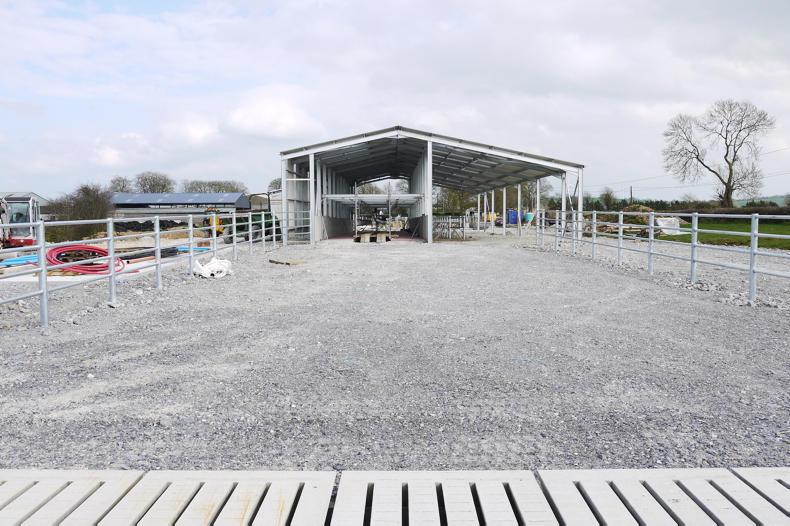
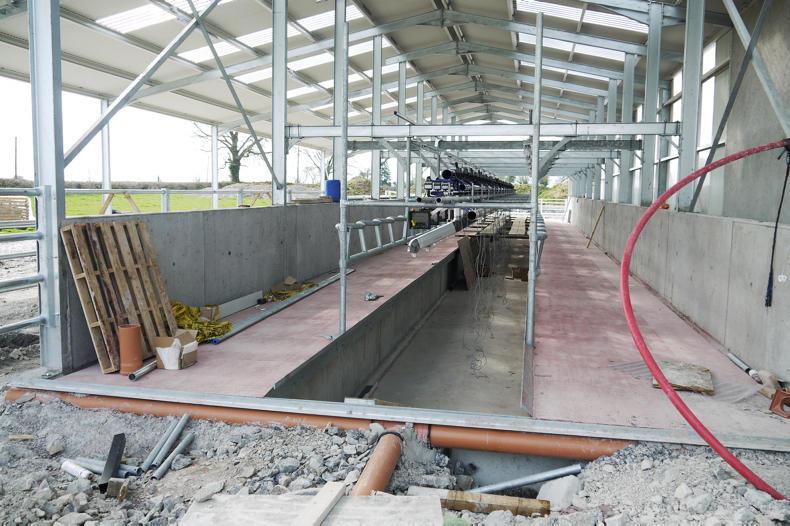
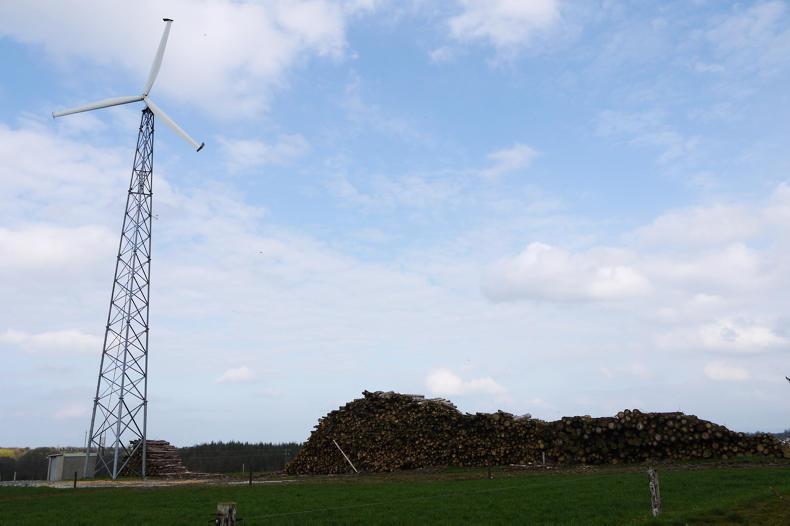


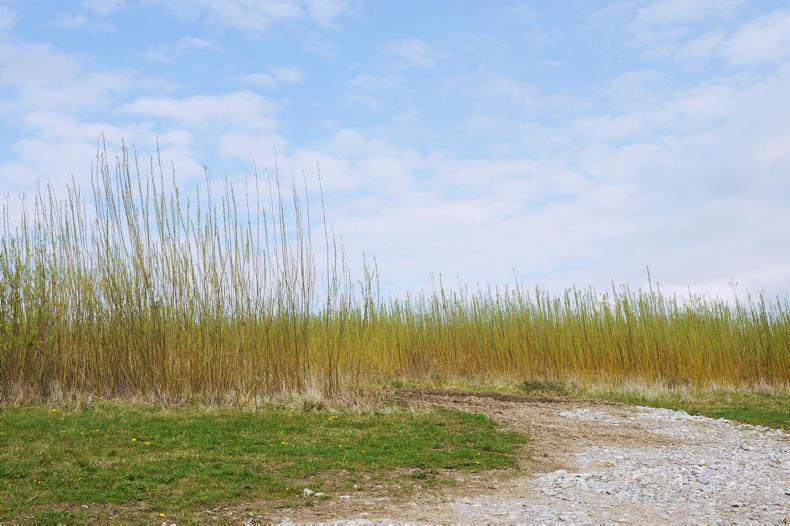


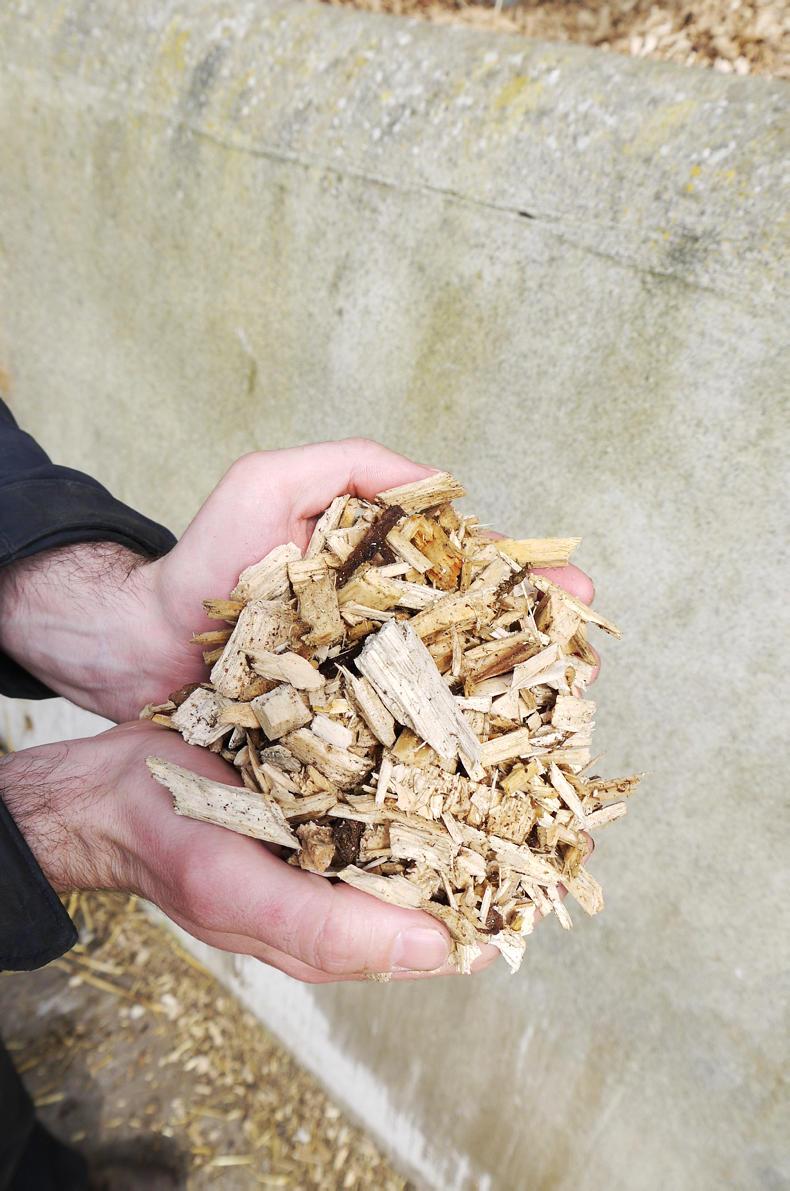
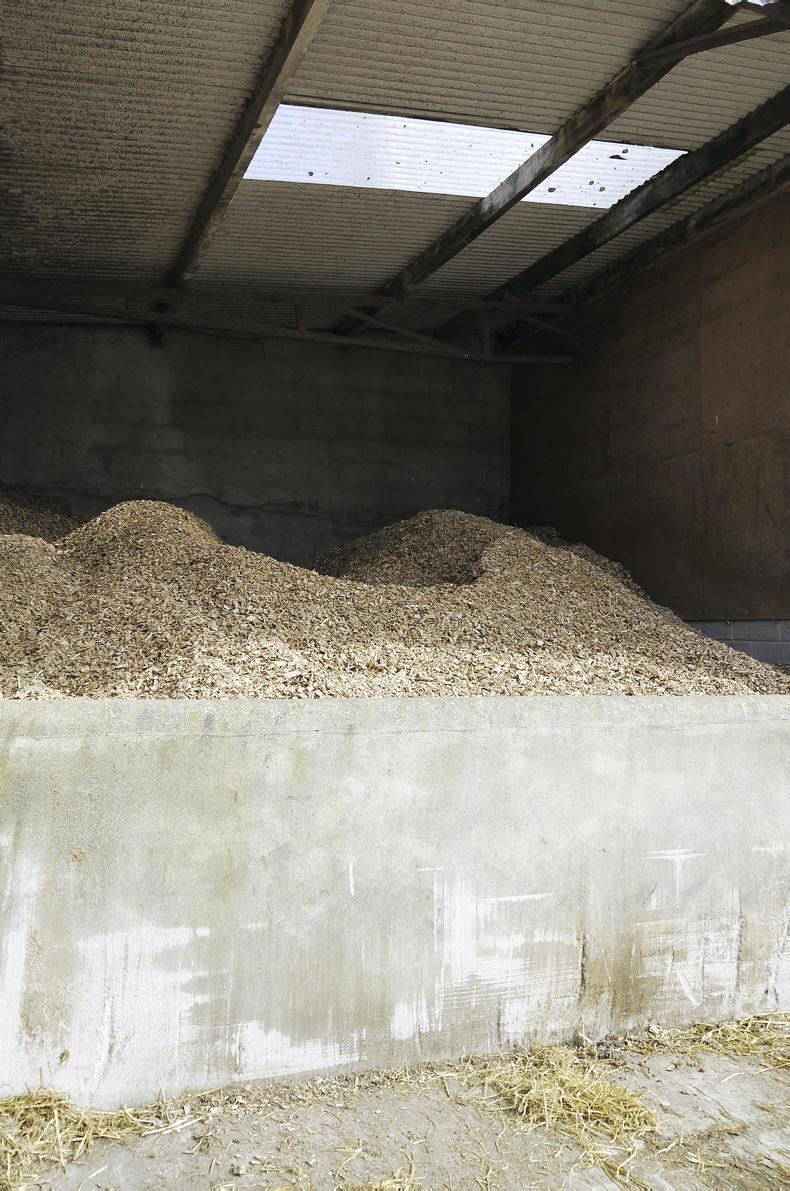




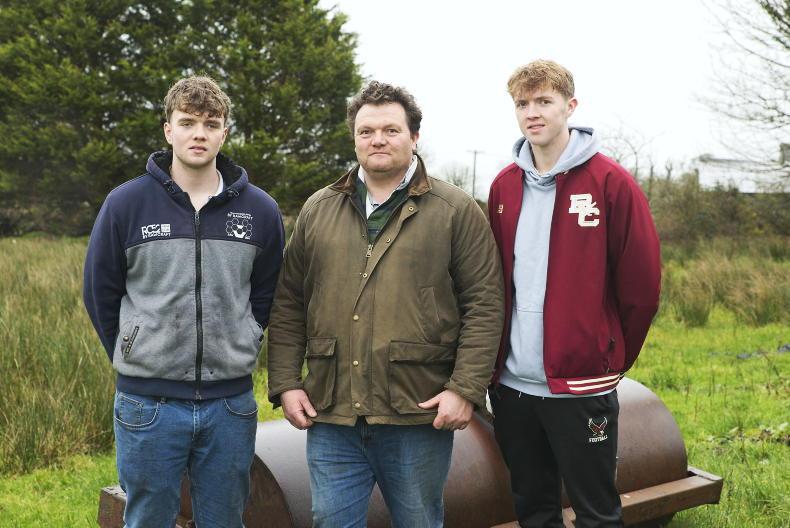

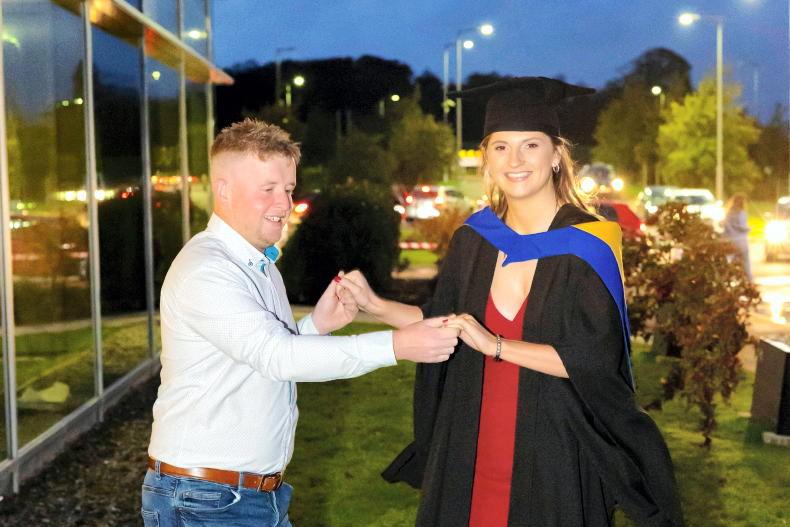

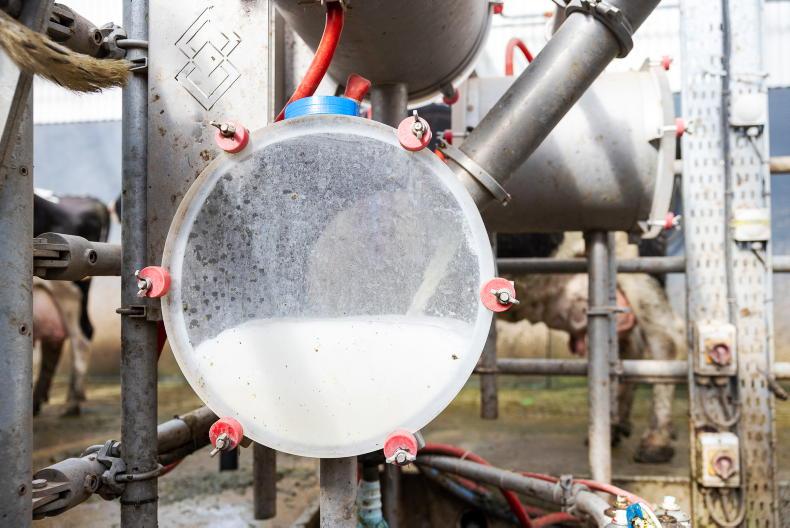
SHARING OPTIONS